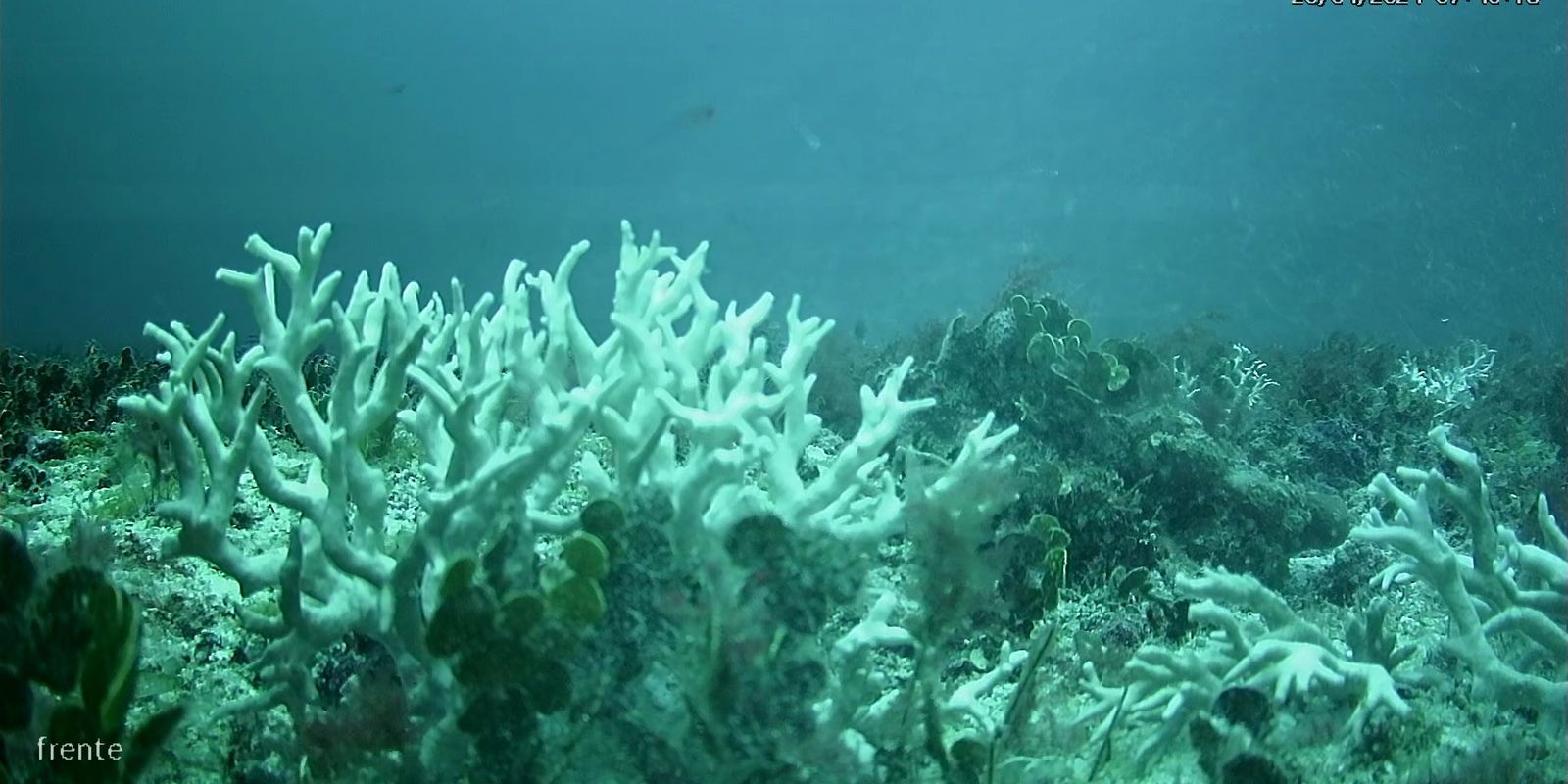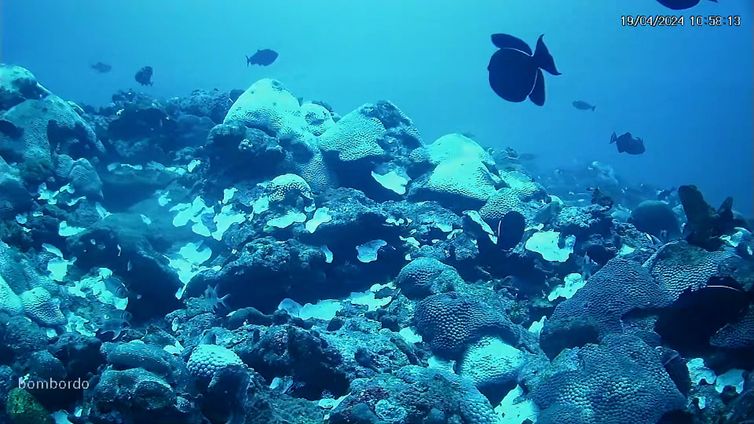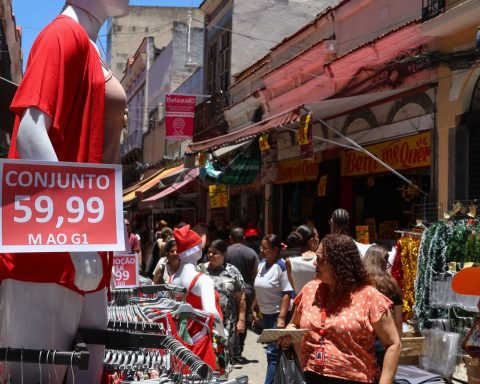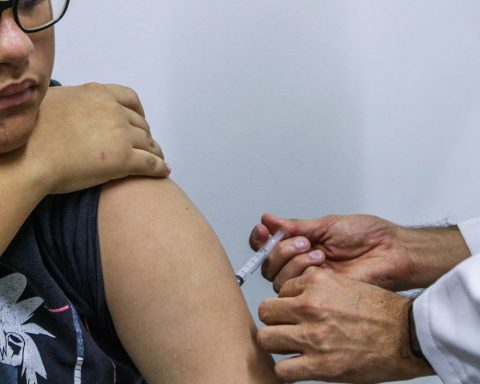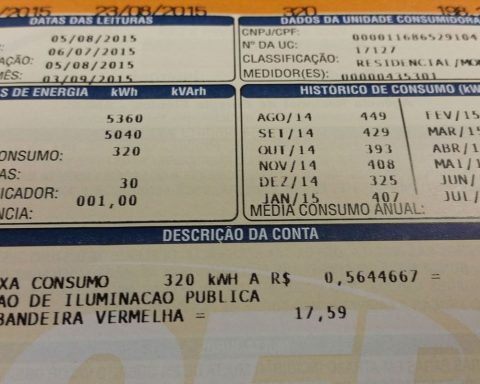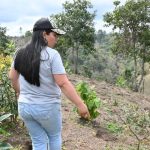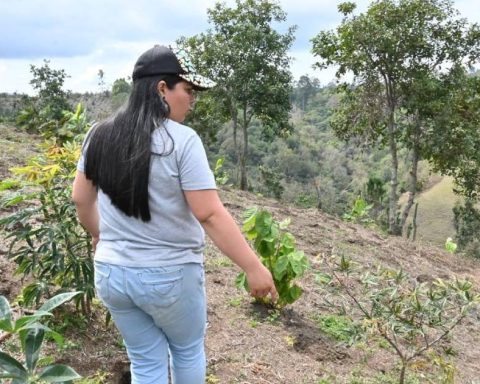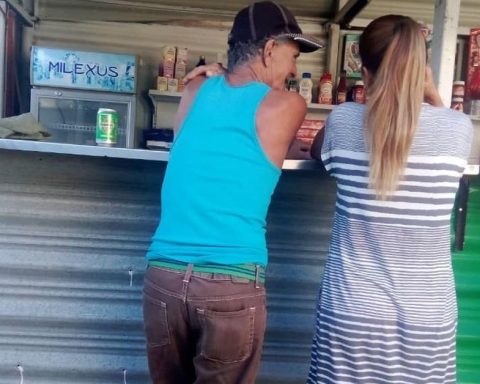The 2024 annual balance of the Coral Vivo project, released this Monday (30), records concerns about the effects of the strong heat wave associated with the El Niño phenomenon. According to the report, coral reefs in Brazil suffered the second major episode of bleaching, a process that resulted in intense mortality. The northern portion of the Northeast region was the most affected location, with impacts being noticeable on the coast of cities such as Maragogi (AL), Natal and Salvador.
According to the report, the heat wave was less intense and lasted in the Southeast and south of Bahia, generating low mortality in these places, precisely where the largest and most diverse coral reefs in Brazil are located.
Even so, the researchers highlighted that the two species that suffered the most mortality in the first major bleaching, which was recorded in 2019, were again the most affected in 2024. These are the fire coral (Millepora alcicornis) and candle coral (Mussismilia harttii). The latter is an endangered species found only in Brazilian waters.
Bleaching can occur due to different factors, with increased temperature being one of the most relevant. It occurs when coral polyps expel zooxanthellae, organisms that live within their tissues and are responsible for pigmentation. It is a symbiotic relationship. Coral provides shelter, food and carbon dioxide. In return, the zooxanthellae provide nutrients generated through photosynthesis. When these organisms are expelled, in addition to losing their color, many corals end up dying.
“The deepening of investigations reinforces our efforts for public policies and conservation areas, making the protection of the entire Brazilian coral ecosystem more effective, especially on the southern coast of Bahia”, records the report, which summarizes the main findings of the monitoring carried out throughout of the year in 18 strategic points along the country’s coast.
The Coral Vivo project emerged from studies that began in 1996 at the National Museum, an institution linked to the Federal University of Rio de Janeiro (UFRJ). Since then, it has established itself as a research center with national and international recognition. It works with a special focus on understanding the life cycles of corals, which is essential for developing effective strategies for the conservation and recovery of degraded reefs.
According to researchers involved in the project, the death of corals has devastating consequences for biodiversity and the economy, as they not only protect beaches from erosion but also provide shelter, food and breeding areas for thousands of species. Consequently, they support fishing and tourism, generating income for several coastal communities.
The main concern is the increase in ocean temperatures, driven by climate change, as reefs are vulnerable ecosystems.
In 2024, the heat wave was also influenced by the El Niño phenomenon, characterized by the weakening of the trade winds (which blow from east to west) and the abnormal warming of surface waters in the eastern portion of the equatorial region of the Pacific Ocean. These changes in the interaction between the ocean surface and the lower atmosphere occur over time intervals that vary between three and seven years and have consequences for the weather and climate in different parts of the planet. This is because the dynamics of air masses in the Pacific Ocean adopt new patterns of moisture transport, affecting temperature and rainfall distribution.
